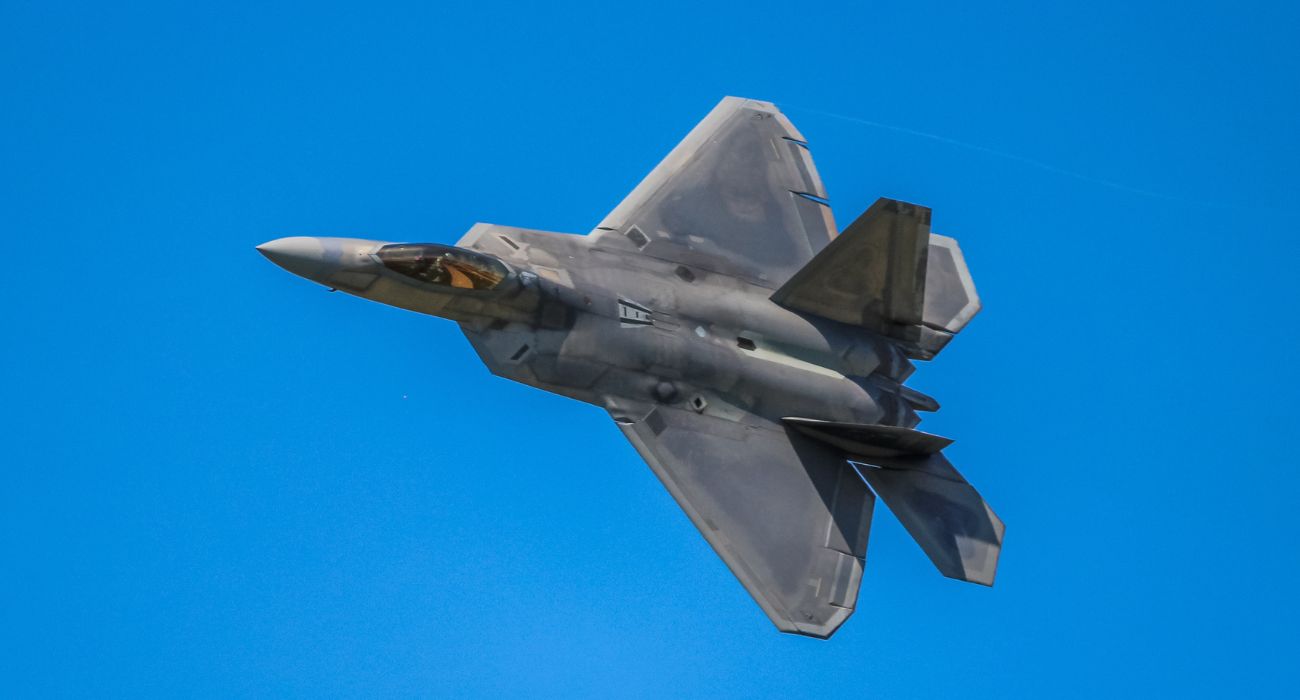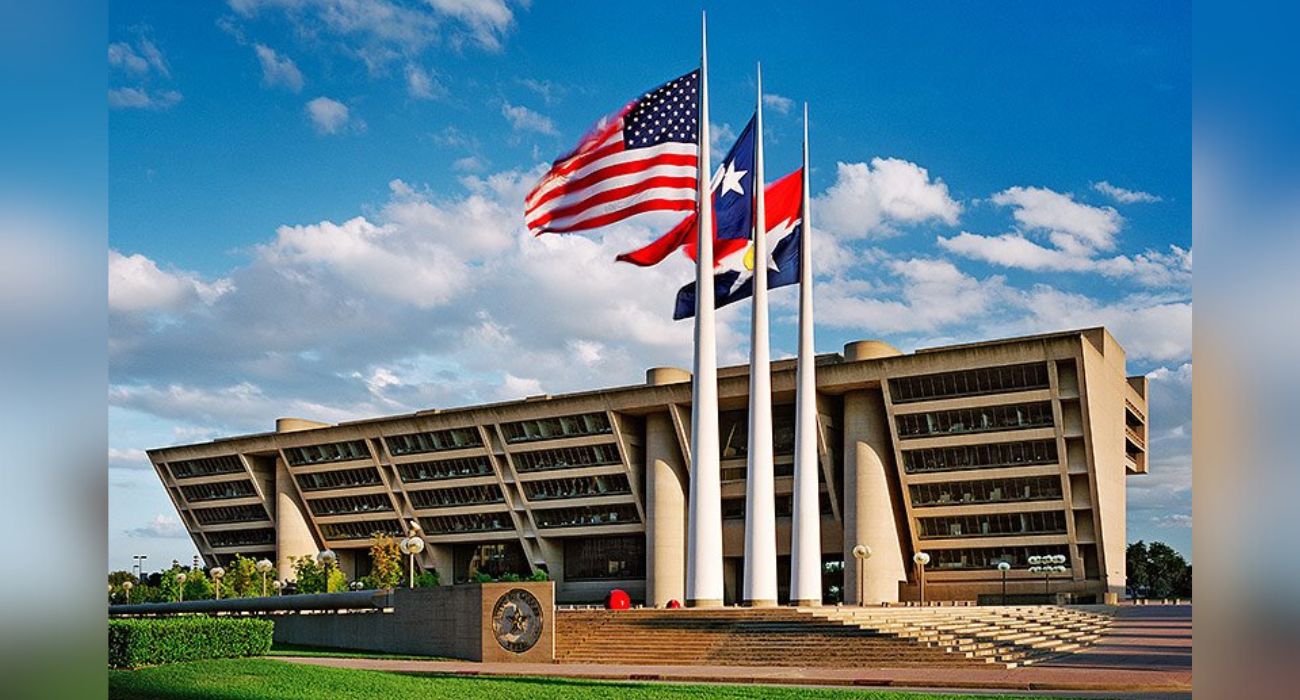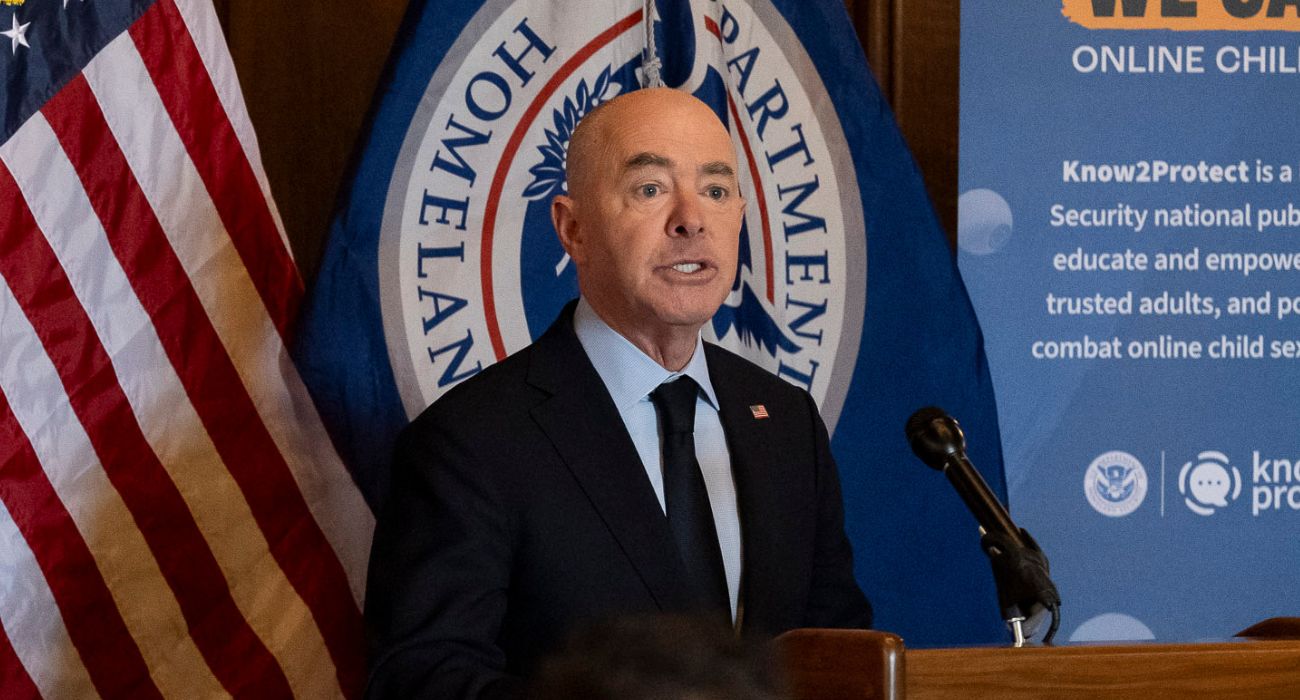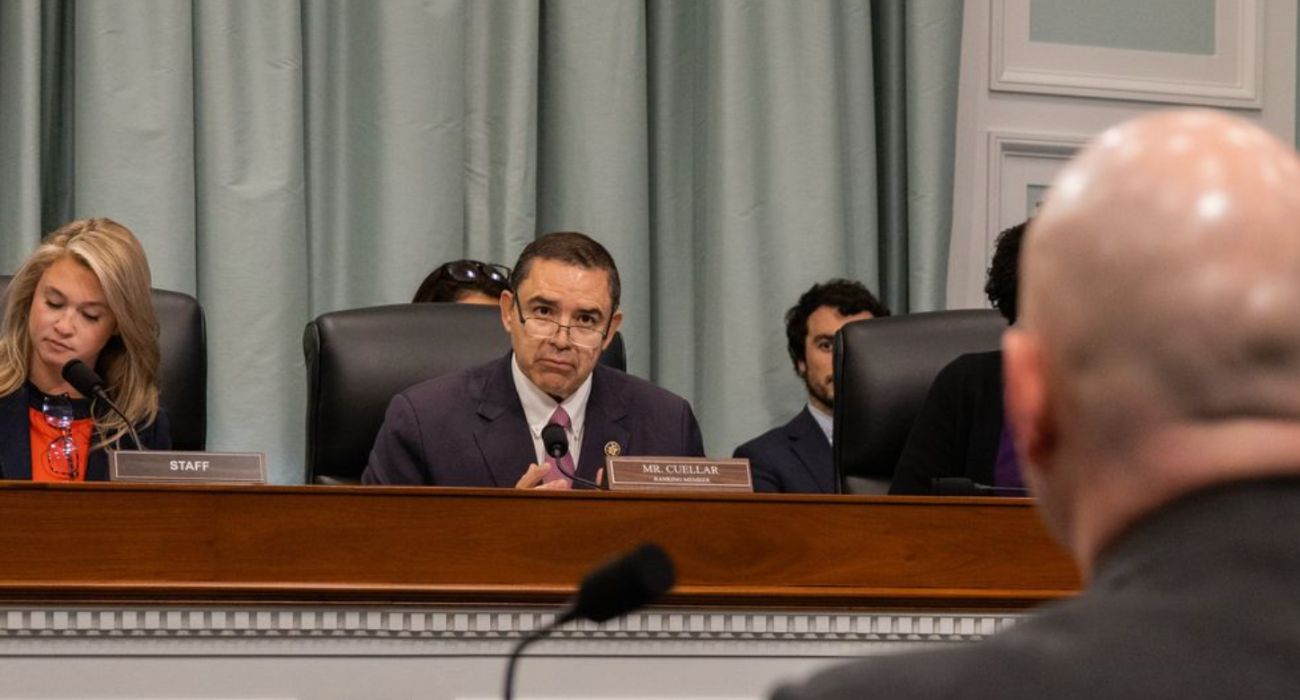Questions remain about the series of objects that have recently appeared and been shot down in U.S. and Canadian skies.
On February 4, American F-22 jets shot down a suspected unmanned Chinese spy balloon that had entered U.S. airspace days earlier. The balloon — reportedly as large as three buses — was followed closely on social media before being shot down off the coast of South Carolina.
Gen. Glen VanHerck, head of NORAD and U.S. Northern Command, said in a press briefing that the February 4 downing marks “the first time within the United States or American airspace that NORAD or United States Northern Command has taken kinetic action against an airborne object.”
China’s Foreign Ministry responded, claiming the object was a rogue civilian weather balloon that had drifted off course and accusing the U.S. of overreaction.
Since then, three additional unidentified flying objects were located and shot down over North America, as The Dallas Express reported. The events have left Americans scratching their heads, with scant details offered up by government officials.
U.S. officials said these three objects were not consistent with an existing known fleet of spy balloons that belong to China. Still, VanHerck said their downing was motivated by the initial incursion into U.S. airspace.
News of the events will likely generate greater interest in China’s activity in the U.S. and elsewhere. Authorities claim dozens of countries across five continents have now experienced Chinese aerial surveillance, as The Dallas Express reported.
In 2019, one of China’s premier aeronautics scientists, Wu Zhe, revealed that he and his team successfully sent an airship around the world at 60,000 feet. The airship’s journey even took it over North American skies at the time, as The New York Times reported.
Zhe’s technological achievement has helped China advance its “near space” ambitions. Near space is the band of altitude above that typically used by planes but below that used by satellites. It has been underscored for its military significance by some Chinese analysts and military commentators, like Shi Hong, who called it “a major sphere of competition between the 21st century military powers,” The New York Times reported.
Near-space capabilities could allow for alternative surveillance methods, giving China solutions that may be more difficult to detect.
With four objects downed this month, a bipartisan group of lawmakers is seeking answers from the Biden administration.
Sen. Steve Daines (R-MT) — whose state’s airspace was temporarily closed following what officials deemed a “radar anomaly” — said on Twitter, “The lack of communication from the Biden administration regarding the closing of Montana airspace last night and the recent shoot-downs that took place over Alaska and Canada is unacceptable.”
Rep. Elissa Slotkin (D-MI) also took to social media, stating, “As long as these things keep traversing the US and Canada, I’ll continue to ask for Congress to get a full briefing based on our exploitation of the wreckage.”
Sen. Marco Rubio claimed that the activity witnessed this month is nothing new. On February 12 on Twitter, the Florida senator said that recent events “have revealed to the public” activity that has been ongoing for years.
“This is why I pushed to take this seriously & created a permanent UAP task force two years ago,” tweeted Rubio.






